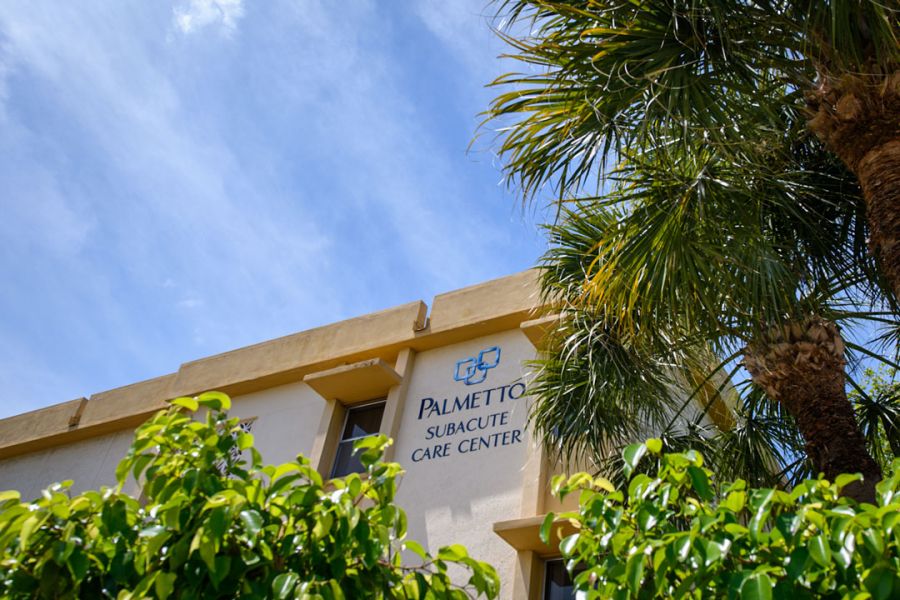

Prevention is the most advised goal for patients with diabetes, so taking proactive steps to ensure the long-term health of your vision is always recommended. The type of treatment recommended for diabetic retinopathy depends on the condition’s severity. The earlier your doctor can detect abnormalities in the retina and make a diagnosis, the sooner you can receive treatment and improve your chances of maintaining healthy vision. All diabetic patients are advised to complete a diabetic eye exam with their ophthalmologist at least once a year. It’s crucial for patients to be aware of their risk as well as what symptoms are possible because early detection offers patients the best chance at preserving optimal vision. In the early stages of the condition, symptoms may not be present or noticable to patients. For some patients, the new/abnormal blood vessels can grow in front of the eye which will cause heavy pressure known as neovascular glaucoma. However, these new blood vessels do not grow normally – they break, bleed (vitreous hemorrhage), form scar tissue, and in extreme cases can even lead to retinal detachment. In an attempt to combat this, the retina tries to grow new blood vessels to replace those that have been damaged, a process known as neovascularization. Damage caused by high blood sugar levels leads to a lack of sufficient blood flow and oxygen. Proliferative diabetic retinopathy is the severe, more advanced stage of this disease.

When swelling and fluid accumulation occurs close to the center of the retina, it can lead to blurred, distorted, or dull vision. As the fluid continues to accumulate, the blood vessels and retina begin to swell. At this point, the retinal blood vessels have only started to leak and bleed into the retina. In the earliest stages of NPDR, many patients do not experience any symptoms. Non-Proliferative or Background Diabetic Retinopathy (NPDR) If left untreated, NPDR can transition into proliferative diabetic retinopathy (PDR). The earliest stage is referred to as non-proliferative or background diabetic retinopathy (NPDR). Types of Diabetic Retinopathyĭiabetic retinopathy is a progressive disease that occurs in stages. However, if detected early on and managed properly, patients with diabetic retinopathy have a good chance of preserving their vision. Diabetic retinopathy is one of the most common causes of blindness in adults with Type 1 or Type 2 diabetes. In severely advanced cases of diabetic retinopathy, permanent vision loss can happen.īecause diabetes has become an increasingly prevalent health issue in the US, cases of diabetic retinopathy are also on the rise. Over time, damaged retinal blood vessels can also start developing scar tissue, which can cause a wide range of visual impairments, including floaters, blurred vision, and distortion. As the retinal blood vessels become damaged, they begin to bleed or leak fluid into the retina. When blood vessel damage from diabetes occurs in the retina, it is known as diabetic retinopathy. When too much sugar builds up in the bloodstream, it can eventually start to damage blood vessels throughout the body. The condition occurs when the body stops producing a sufficient amount of insulin, which is responsible for controlling blood sugar levels as your body breaks food down and uses it for energy. Diabetes is a chronic health condition that affects millions of Americans.


 0 kommentar(er)
0 kommentar(er)
